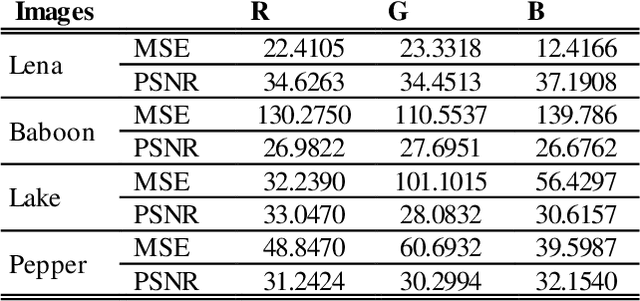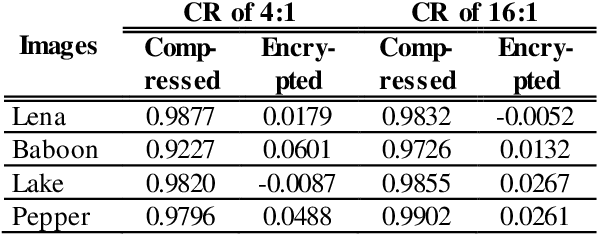Mengzi Tang
Enhancing Transferability and Consistency in Cross-Domain Recommendations via Supervised Disentanglement
Jul 23, 2025Abstract:Cross-domain recommendation (CDR) aims to alleviate the data sparsity by transferring knowledge across domains. Disentangled representation learning provides an effective solution to model complex user preferences by separating intra-domain features (domain-shared and domain-specific features), thereby enhancing robustness and interpretability. However, disentanglement-based CDR methods employing generative modeling or GNNs with contrastive objectives face two key challenges: (i) pre-separation strategies decouple features before extracting collaborative signals, disrupting intra-domain interactions and introducing noise; (ii) unsupervised disentanglement objectives lack explicit task-specific guidance, resulting in limited consistency and suboptimal alignment. To address these challenges, we propose DGCDR, a GNN-enhanced encoder-decoder framework. To handle challenge (i), DGCDR first applies GNN to extract high-order collaborative signals, providing enriched representations as a robust foundation for disentanglement. The encoder then dynamically disentangles features into domain-shared and -specific spaces, preserving collaborative information during the separation process. To handle challenge (ii), the decoder introduces an anchor-based supervision that leverages hierarchical feature relationships to enhance intra-domain consistency and cross-domain alignment. Extensive experiments on real-world datasets demonstrate that DGCDR achieves state-of-the-art performance, with improvements of up to 11.59% across key metrics. Qualitative analyses further validate its superior disentanglement quality and transferability. Our source code and datasets are available on GitHub for further comparison.
An image compression and encryption scheme based on deep learning
Oct 09, 2016



Abstract:Stacked Auto-Encoder (SAE) is a kind of deep learning algorithm for unsupervised learning. Which has multi layers that project the vector representation of input data into a lower vector space. These projection vectors are dense representations of the input data. As a result, SAE can be used for image compression. Using chaotic logistic map, the compression ones can further be encrypted. In this study, an application of image compression and encryption is suggested using SAE and chaotic logistic map. Experiments show that this application is feasible and effective. It can be used for image transmission and image protection on internet simultaneously.
 Add to Chrome
Add to Chrome Add to Firefox
Add to Firefox Add to Edge
Add to Edge